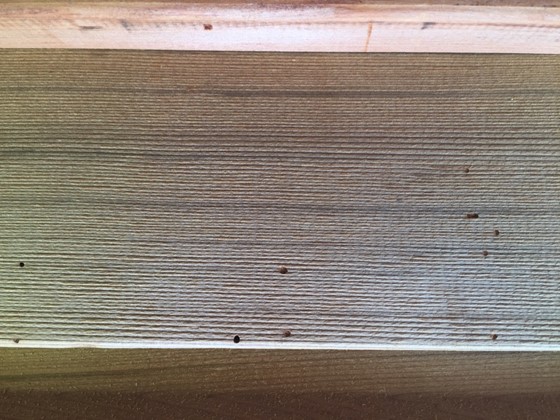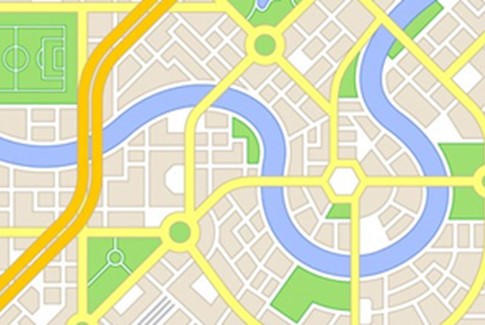Small holes in your cladding? What might they be?
Pinholes in timber cladding boards are a fairly common occurrence and in particular in components made from hardwood species. The larva of pinhole borer aka Ambrosia beetle requires a warm moist environment and usually affects recently felled timber. The pinholes are made by the adult female boring into wood to deposit their larva. Because the larvae do not feed on the wood - they live off the fungus that grows in the moist gallery created by the female known as Ambrosia fungus - they cannot survive in timber once it has dried out, so they normally leave before, or soon after, the timber is processed into components such as deck or cladding boards. You can identify them by examining their 'flight holes' (the holes made when leaving the timber) which are typically in the range of 0.5 to 3mm in diameter. These holes are unlikely to have borer dust around them, since in most cases the insect is long gone or dead. Damage tends to be superficial and does not affect the structural integrity of the component.
Where boards are found to contain pinholes then consideration should be given to avoiding the use of the section of affected board.
Grading rules, depending on which ones are followed, may permit the presence of bore holes.





